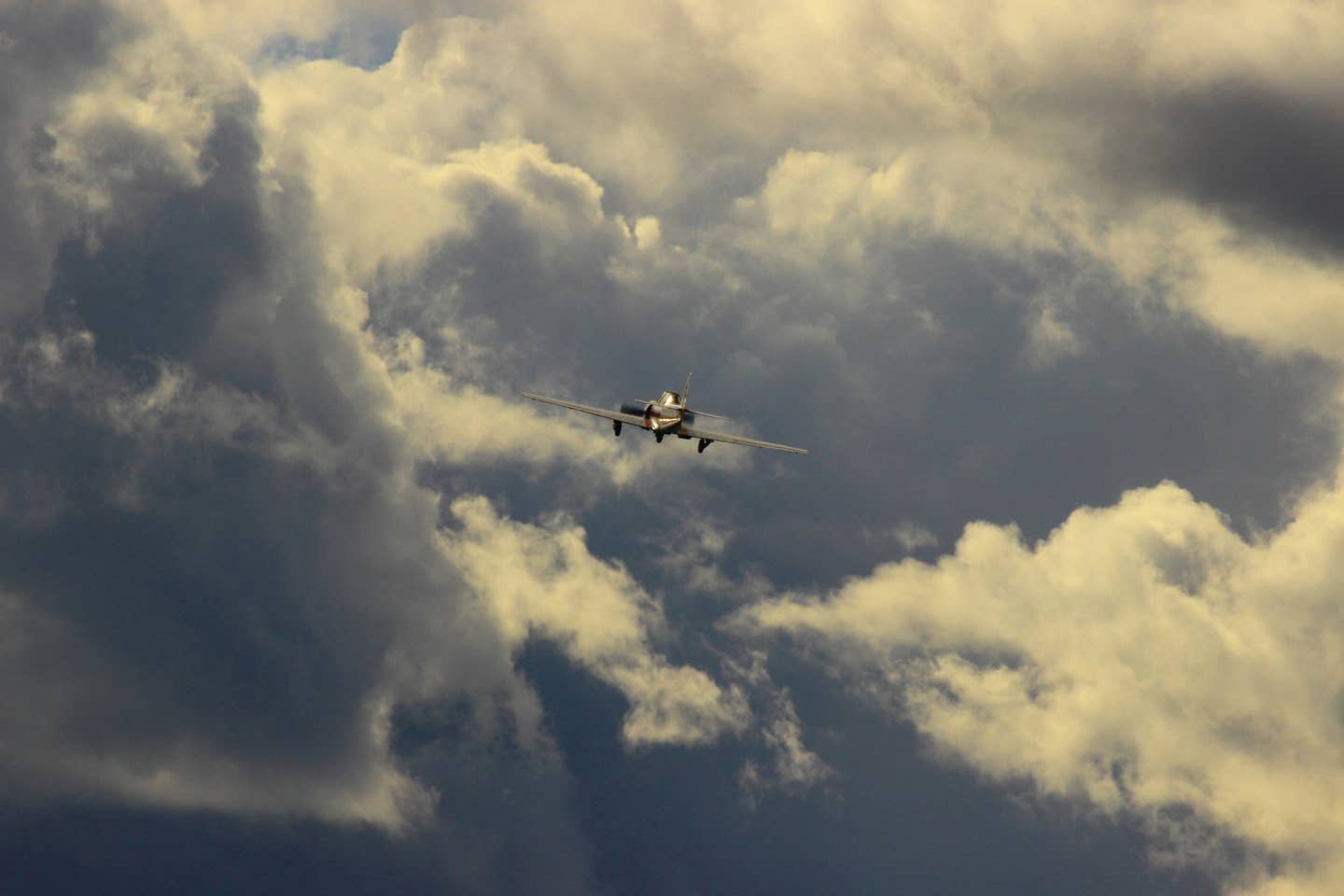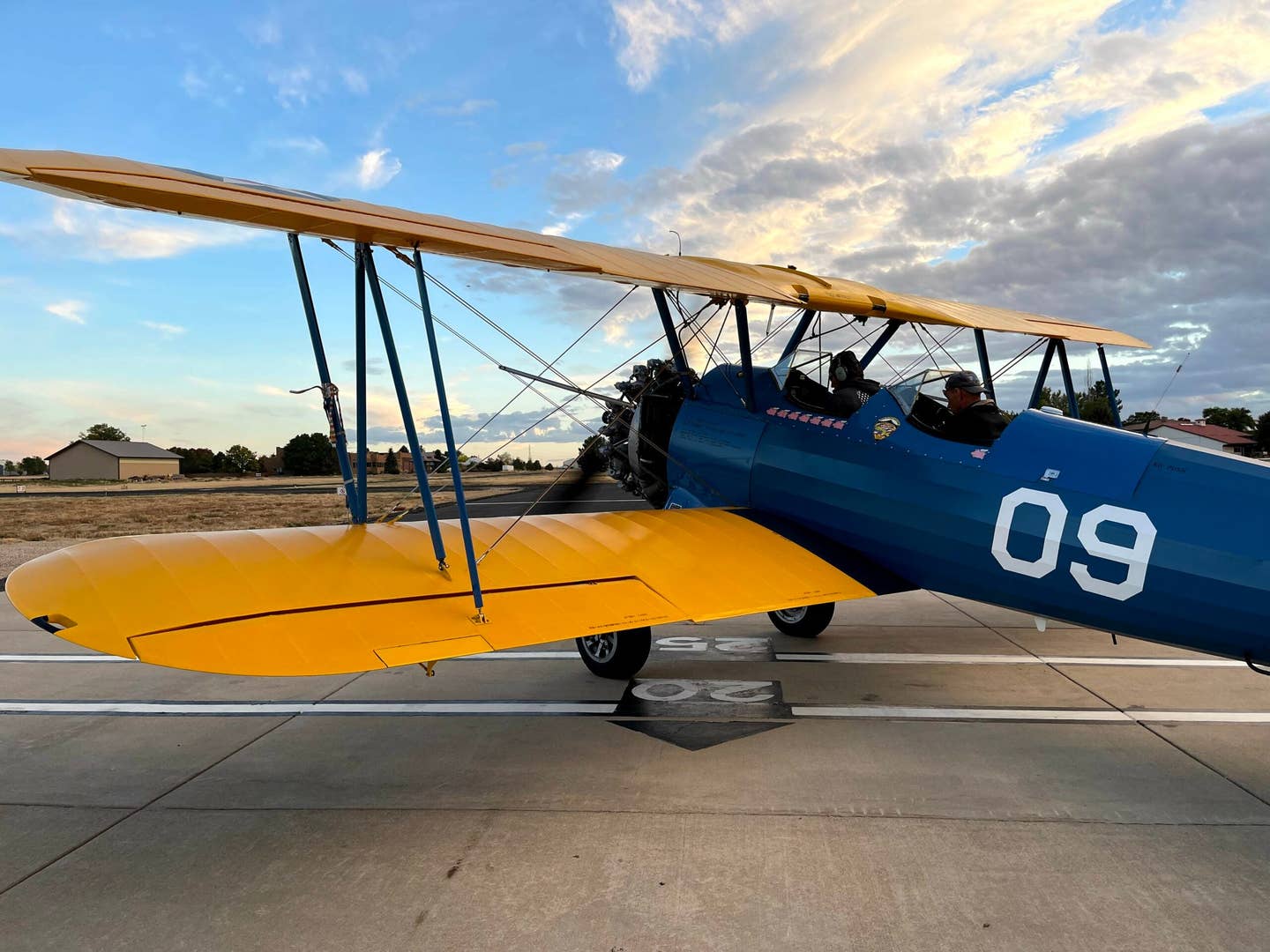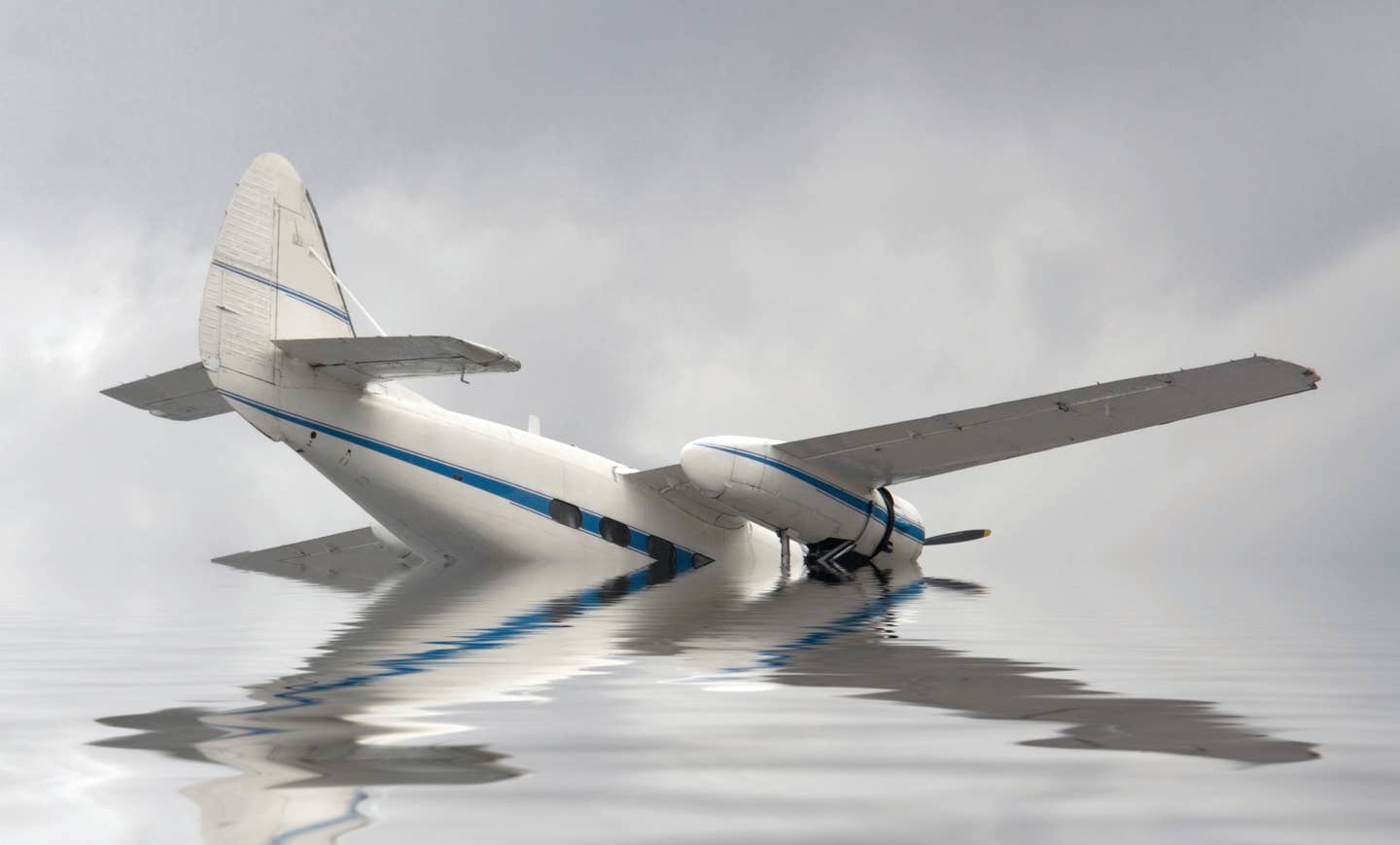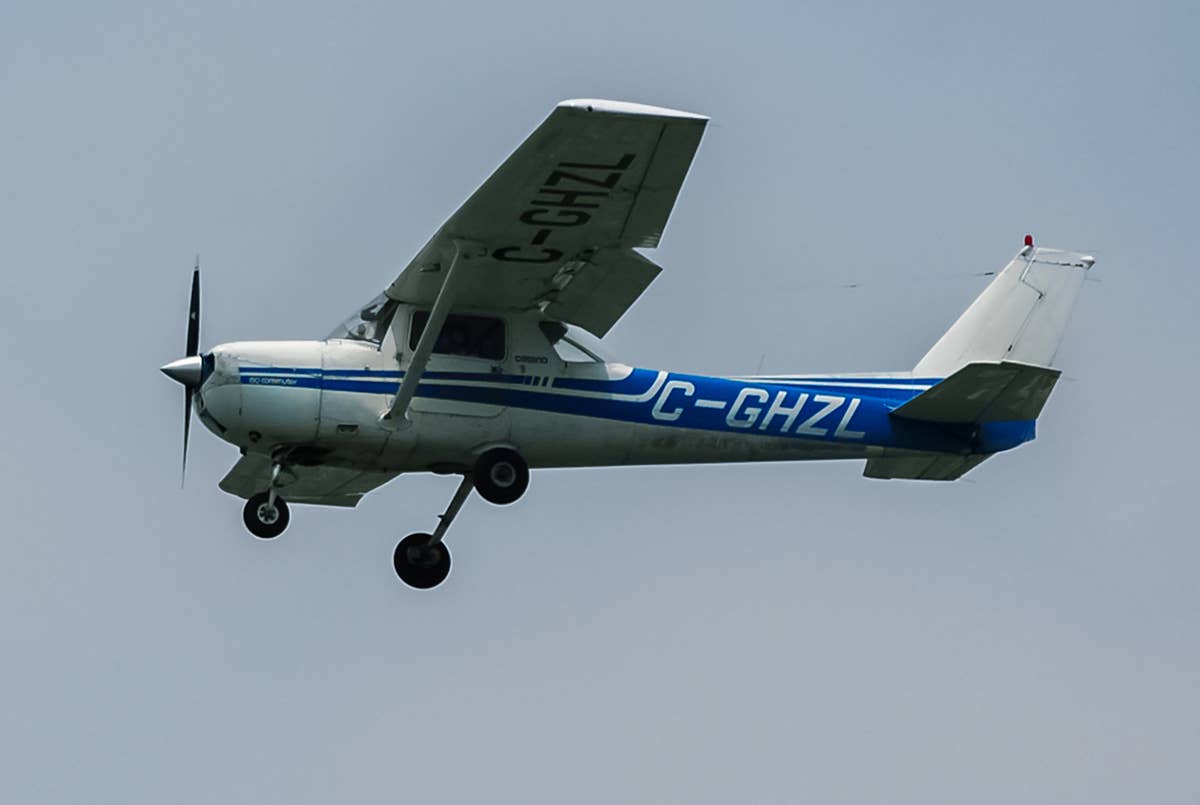Tri-Cities/Bristol, Tennessee ILS or LOC Runway 23
The ILS or LOC approach into Tri-Cities/Bristol in Tennessee offers several key areas of interest for instrument rated pilots to study for proficiency.

Bristol, Tennessee, offers a wide range of activities for pilots and their families. [Adobe Stock/Eifel Kreutz]
Whether you're flying in for country music of a lap around the speedway, a visitor to Bristol, Tennessee—billed as the birthplace of country music—might drop into the museum focused on that fact, or perhaps for the several yearly NASCAR events at the Bristol Motor Speedway. Nestled in a deceivingly mountainous locale on the Tennessee-Virginia border, the approach plate hints at some terrain in the area, especially to the south and east.
If you're not already a subscriber, what are you waiting for? Subscribe today to get the issue as soon as it is released in either Print or Digital formats.
Subscribe NowA. Glade Spring VOR IAF
A pilot might use the Glade Spring VOR to transition onto the approach, using the 210-degree radial outbound to intercept the ILS course of 230 degrees. A small note along the course, though, indicates that while no procedure turn (NoPT) will be needed, the pilot will be expected to be at 6,000 feet on this leg. The note above the 210 degrees indicates that it is a 10.1-mile leg. That leg will require the pilot to be at or above 6,000 feet until they can descend to the lower 3,600-foot altitude once established inbound at KEIPY. This will keep a pilot away from obstacles in the area to the northwest while establishing onto the final approach path.
B. IM, What's That?
There aren’t lots of approaches that we fly anymore with all three marker beacons: the outer marker (OM), middle marker (MM), and inner marker (IM). This approach still has two of them noted, the OM and the IM, which a pilot might reference to identify passage of the final approach fix at the OM (MOCCA) and an IM close to the missed approach point. While the IM isn’t technically the missed approach point when flying the ILS—that’s still at the decision height just prior to the IM—it is a good secondary indicator that you are reaching the runway area. It also might be used when flying the approach as a localizer-only approach. Be sure to turn up the volume on your audio panel for the marker beacons when flying this, and remember what color blinking lights are associated with each marker beacon (OM: blue; MM: amber; IM: white).
C. Step-Downs By Cross Radial
Since this approach doesn’t have DME to identify waypoints along the approach, a pilot might choose to identify the FAF and an intermediate step-down waypoint (when flying it without use of the glide slope) at EAVER, using cross radials from the HMV VOR to the southwest of the approach path. This might require tuning and twisting the VOR and associated radials on a second NAV source while flying the primary ILS NAV.
D. Missed to the NDB
The missed approach takes the pilot to the BOOIE (BO) NDB. Do you still have an ADF receiver that works in your airplane? For aircraft that don’t have one operational, you will need to have a suitable IFR GPS to identify the missed approach point. If you don’t, you technically wouldn’t be able to start this approach, since you couldn’t fly the entire procedure—unless you have radar assistance, as noted in the briefing strip notes. Be ready to transition to the missed approach on this, from using the ILS navigation source to a GPS navigation course in your nav system after passing the missed approach point. Messing up this transition has certainly befuddled many applicants on practical tests, and certainly other pilots in their real-world flying.

Subscribe to Our Newsletter
Get the latest FLYING stories delivered directly to your inbox







